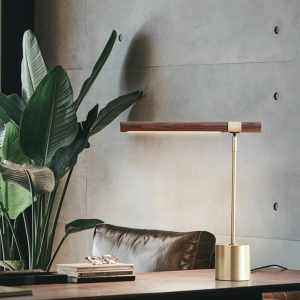The Art of Weaving: Exploring the Beauty and Ingenuity of Design Weave
Introduction
Weaving has been a part of human culture for thousands of years, with evidence of ancient civilizations such as the Egyptians, Greeks, and Persians all practicing this intricate art form. Design weave is a modern approach to weaving, combining traditional techniques with contemporary design principles. In this article, we will explore the beauty and ingenuity of design weave, delving into its history, techniques, and modern applications.
History of Design Weave
Design weave is a relatively new concept, having emerged in the 20th century as a response to the growing demand for unique and aesthetically pleasing fabrics. Prior to this, most weaving was done using traditional patterns and colors, with little emphasis on innovation or experimentation. However, with the rise of the modernist movement in the early 1900s, designers began to explore new forms of expression through weaving, resulting in a range of innovative techniques and designs.
One of the most significant figures in the history of design weave is Anni Albers, a German textile artist and designer who worked and taught at the influential Bauhaus school in the 1920s and 30s. Albers believed that weaving was a complex and versatile art form, capable of producing intricate and varied textures and patterns. She explored this concept in her own work, using bold colors and geometric shapes to create stunning woven pieces that challenged the traditional boundaries of textile design.
Techniques and Materials
Design weave combines a variety of weaving techniques, including plain weave, twill weave, and satin weave, to create a range of effects and textures. Unlike traditional weaving, which often relies on predetermined patterns and colors, design weave allows for more flexibility and experimentation in the design process. This can involve incorporating unusual materials such as metal wire, leather, or plastic fibers, as well as using advanced computer-aided design tools to create complex and intricate patterns.
One popular technique in design weave is the use of color gradients, which involves transitioning between different hues or shades within a single piece. This can create a sense of movement and depth, as the colors blend and shift across the fabric. Another technique is the use of float weaving, in which threads are left floating on the surface of the fabric, creating a raised pattern that can be felt and seen.
Modern Applications
Design weave has a wide range of applications in modern fashion and interior design. Its versatility and adaptability make it well-suited to a variety of contexts, from high-end fashion to everyday home decor. With a renewed interest in sustainability and eco-friendly materials, design weave is also being used to create innovative textile products that are both beautiful and environmentally friendly. These can include recycled or biodegradable fibers, as well as fabrics made using low-impact production methods.
In recent years, design weave has also been embraced by the technology industry, with researchers exploring the use of advanced weaving techniques to create new types of flexible electronic devices. These can include textiles with built-in sensors or conductive fibers, as well as fabrics that can change color or texture based on ambient conditions.
Conclusion
Design weave is a fascinating and ever-evolving field, combining traditional techniques with modern design principles to create beautiful and innovative fabrics. Its history is rooted in the avant-garde movements of the early 20th century, but its applications are broad and varied, from fashion to tech to sustainability. As we continue to explore the possibilities of design weave, we can look forward to a future of ever-more complex and stunning woven creations.


